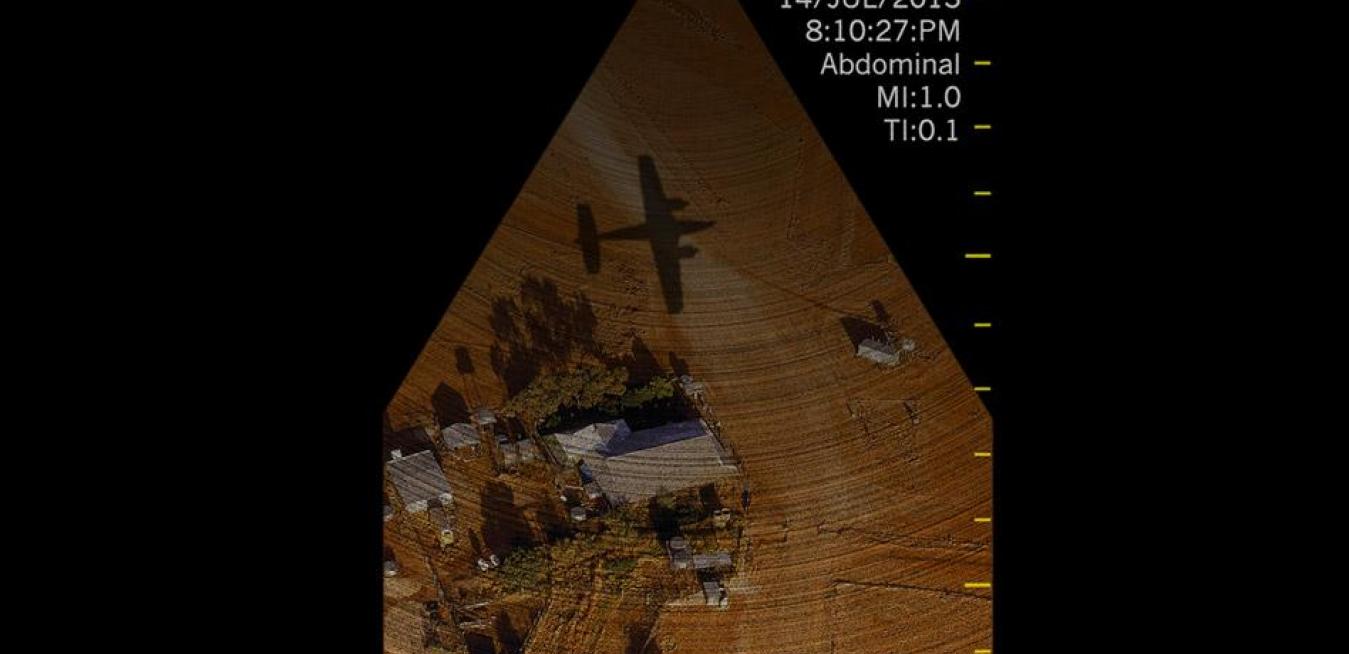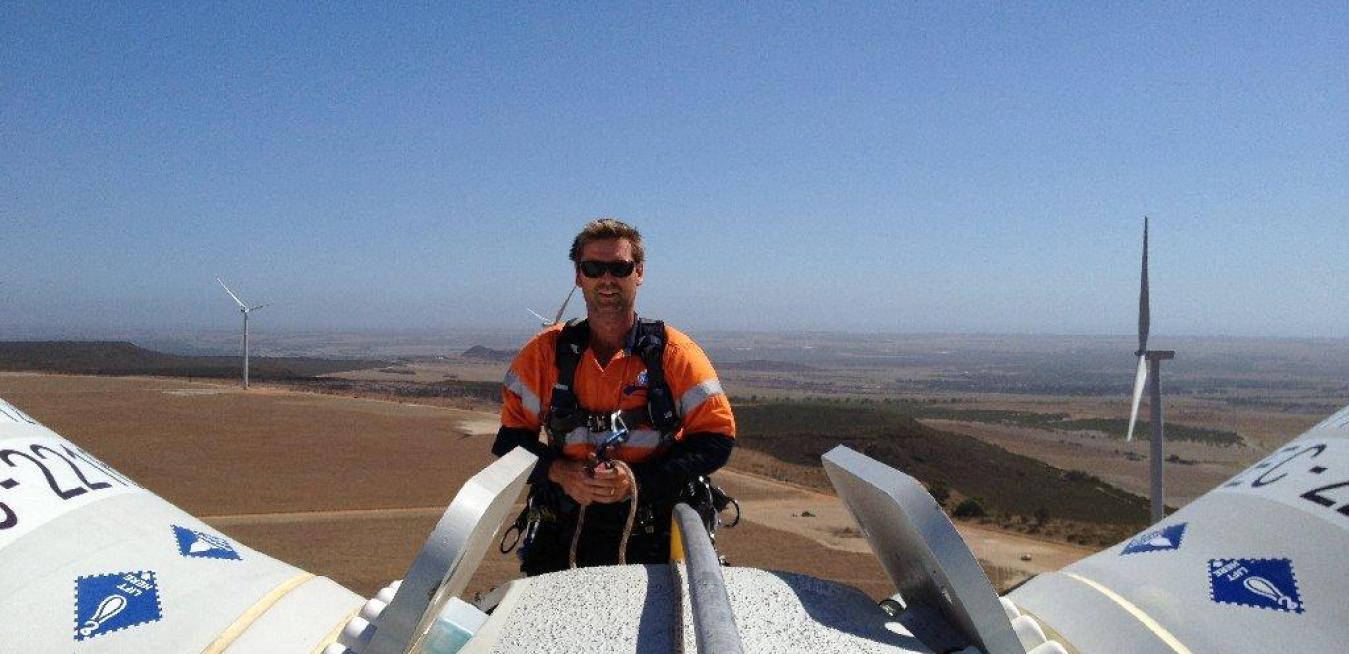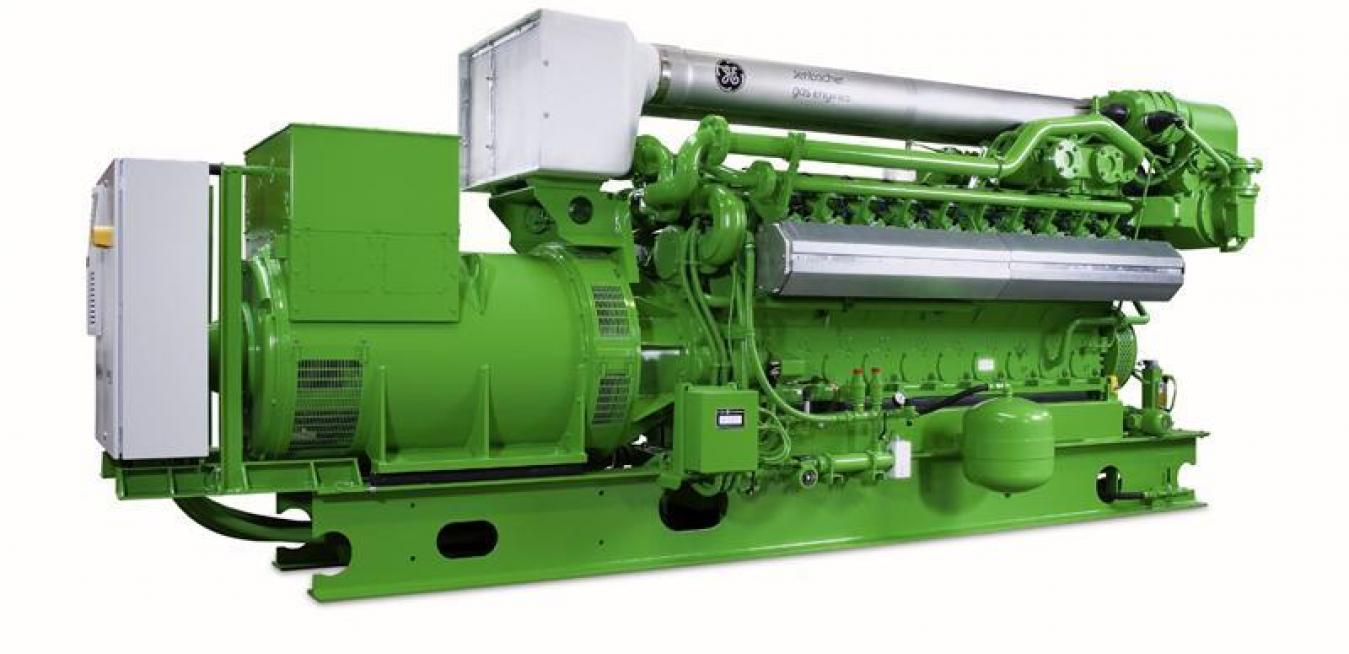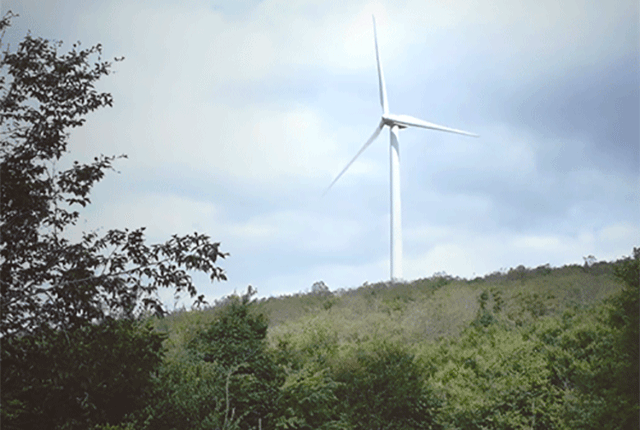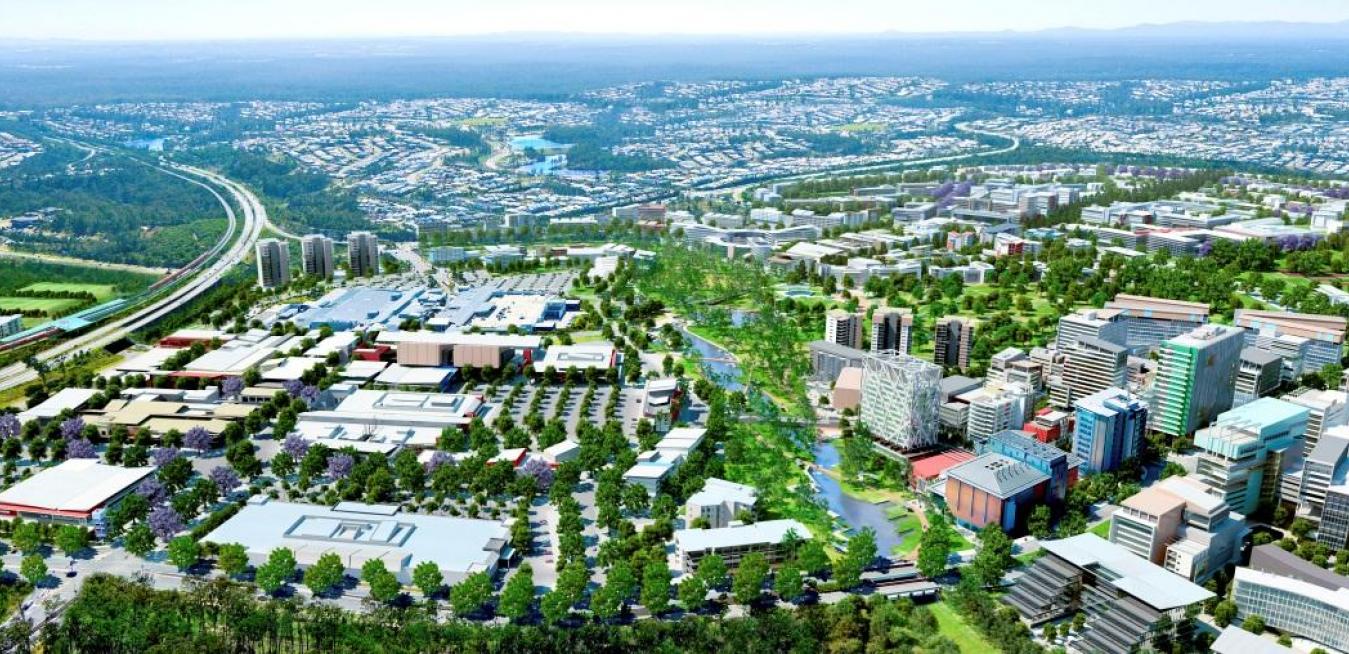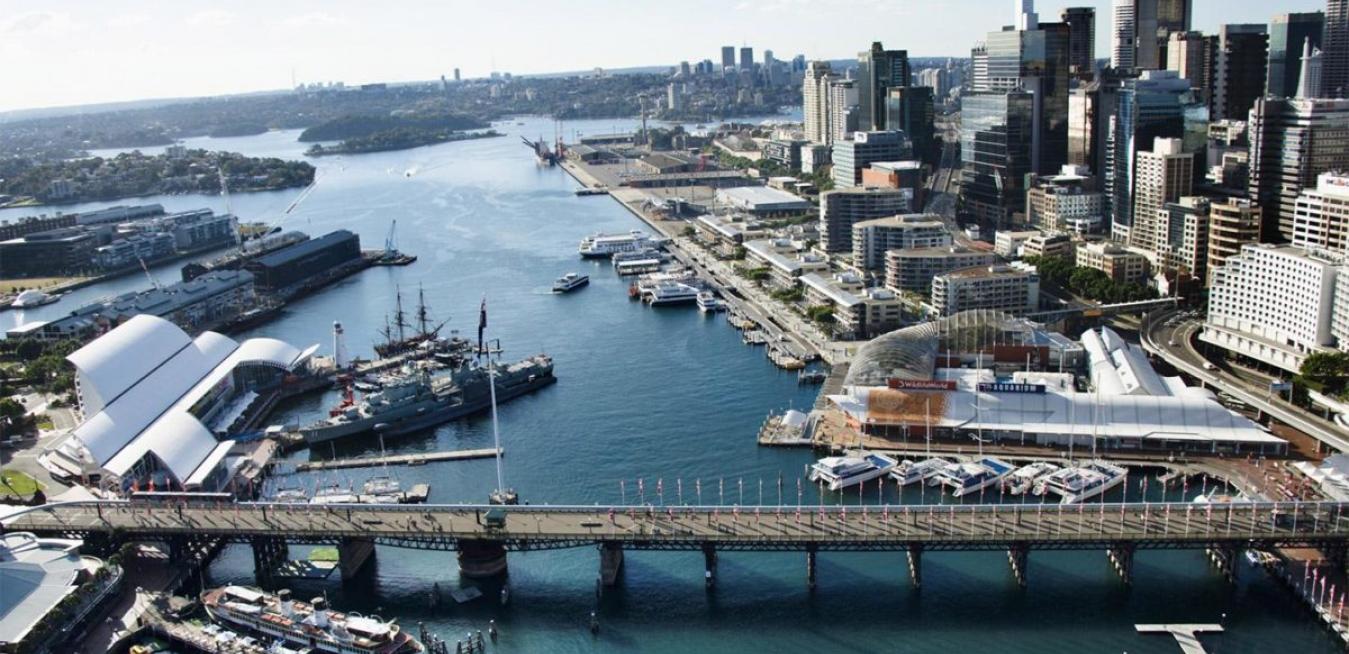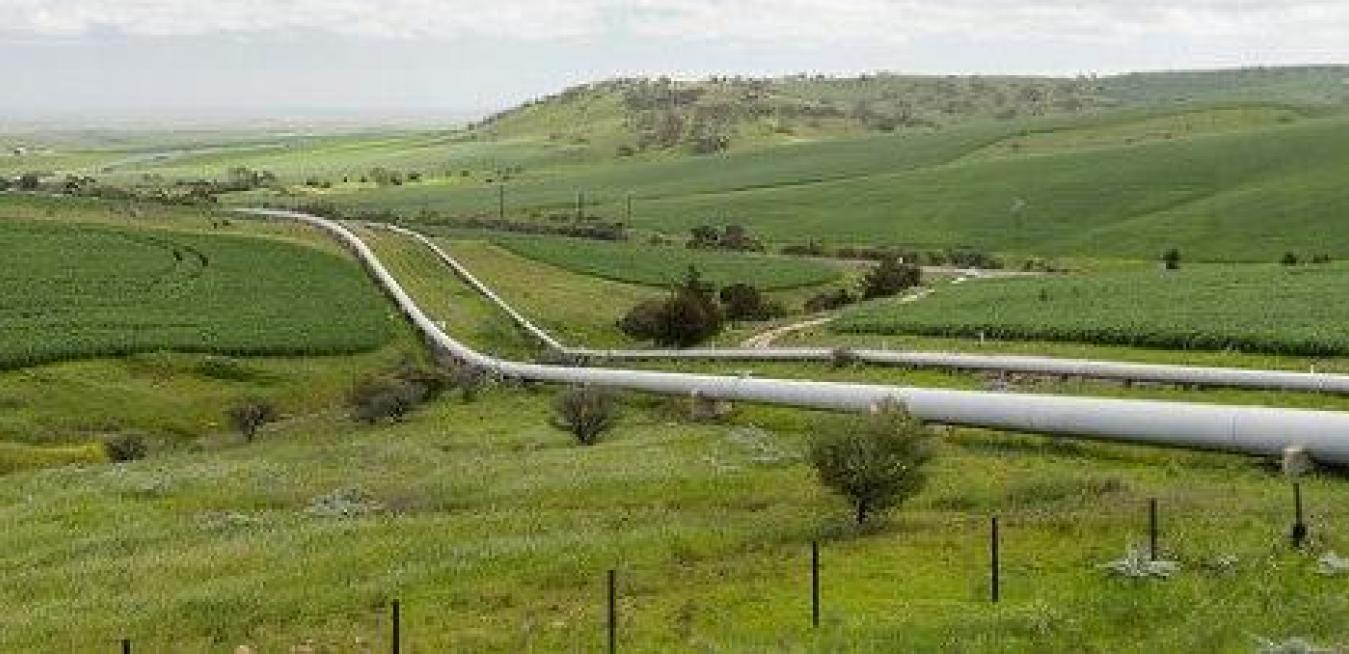News and insights from Australia and New Zealand
One of those doctors is Brian Miller, a member of the Overseas Specialist Surgical Association of Australia (OSSAA).
Brian has visited the region ten times, and now carries with him new scanning technology, such as ultrasound machines, previously restricted to modern city hospitals.
GE’s Vscan is the size of a mobile phone, small enough for use in virtually any location.
GE is light years ahead after launching a breakthrough portable DNA scanner at the 25th World Congress of the International Society for Forensic Genetics in Melbourne in early September.
The scanner uses a new process called microfluidics to present a DNA analysis and database match in only 85 minutes - a process that used to take at least 48 hours.
Now there is a new way, in the form of a dual-fuel diesel-electric system (DFDE), which has proven to be more efficient and easier on the environment due to lower fuel consumption and emissions.
As the site manager at Mumbida Wind farm in Western Australia he has responsibility for 22 wind turbines dotted across some 1,000 acres.
Each day, following an hour drive out to the site, he hosts an intense briefing session with staff to develop a clear understanding of the conditions.
Charles Sturt University in Bathurst, NSW has contracted Clarke Energy to design and construct a high-efficiency plant that will offset heat loads from existing boilers and reduce energy imported from the grid.
Unpredictable winds and weather patterns can play havoc with the structured world of energy grids.
Enter GE’s solution, the Brilliant Turbine.
At 33 stories high, with rotor blades extending 50 metres in length, these massive structures contain unique battery software applications that are shifting the winds back into energy producers’ favour.
The Queensland city of Springfield, 35 kilometres south west of Brisbane, has found a solution by combining world-class technologies in its distributed energy and water infrastructure systems.
Springfield Land Corporation is using digitised substations and outage management systems to manage electricity from the point of generation to consumption.
Designed by engineer Percy Allen, it was lauded as a technological feat that replaced the ‘first’ Pyrmont bridge, a wooden pile and iron structure opened in 1858.
Instead of relying on the traditional winches, steam or hydraulics, the new bridge was designed to rotate on a central axis using electric motors, an exciting industry first.
Auckland’s Outpost Central has created a new kind of smart water meter it says could help utilities, mining and farming organisations use 20 percent less water in just the first year.
The lithium battery operated smart meters can be deployed to remote locations with little access to power and can last up to five years.
Working out of his shed in Auckland, the dairy engineer developed what he calls thin film composite polymer flat membrane filtration technology.
Daryl realised the system held great potential outside agriculture, especially in heavy industry. He began exploring areas where large-scale liquid waste is a challenge, such as mining, bauxite production, and oil and gas.
